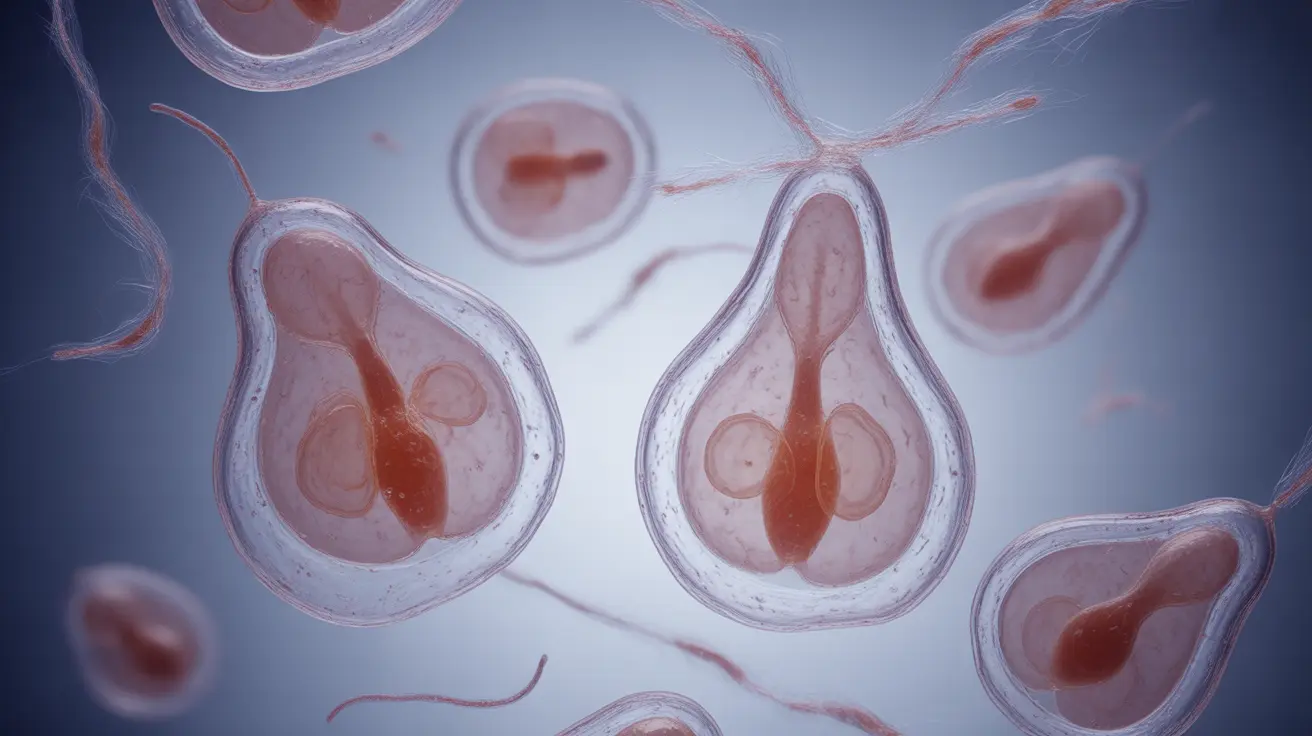Trichomoniasis, often called "trich," is a common sexually transmitted infection (STI) that raises many questions about its transmission. One of the most frequent concerns is whether women can contract this infection without sexual activity. Understanding how trichomoniasis spreads is crucial for both prevention and peace of mind.
This article will explore the facts about trichomoniasis transmission, symptoms, diagnosis, and treatment options, helping you better understand this common but often misunderstood infection.
Understanding Trichomoniasis Transmission
Trichomoniasis is caused by a microscopic parasite called Trichomonas vaginalis. The primary mode of transmission is through sexual contact, including vaginal intercourse, and in rare cases, vulva-to-vulva contact. The infection cannot develop spontaneously or "on its own" without exposure to the parasite.
Scientific evidence consistently shows that sexual contact is necessary for transmission, making it virtually impossible for women to develop trichomoniasis independently. The parasite requires direct transfer from an infected person to a new host to cause infection.
Common Symptoms in Women
While many women with trichomoniasis may be asymptomatic, others may experience various symptoms, including:
- Frothy, yellow-green vaginal discharge
- Strong vaginal odor
- Itching or irritation in the genital area
- Discomfort during urination
- Pain or discomfort during intercourse
- Redness or swelling of the vulva
These symptoms typically appear within 5 to 28 days after exposure, though some women may not develop symptoms for months or at all.
Diagnosis and Treatment Options
Healthcare providers diagnose trichomoniasis through several methods:
- Physical examination
- Microscopic examination of vaginal secretions
- Nucleic acid amplification tests (NAATs)
- Rapid antigen tests
Treatment typically involves a single dose or short course of antibiotic medications, specifically metronidazole or tinidazole. These medications are highly effective when taken as prescribed, and symptoms usually resolve within a week.
Prevention and Partner Treatment
Preventing trichomoniasis transmission requires several key strategies:
- Consistent use of barrier methods during sexual activity
- Regular STI screening for sexually active individuals
- Avoiding sexual contact during treatment
- Ensuring all sexual partners receive treatment simultaneously
- Waiting at least one week after treatment before resuming sexual activity
Common Misconceptions About Transmission
Many myths exist about how trichomoniasis spreads. It's important to understand that the infection cannot be transmitted through:
- Casual contact
- Swimming pools
- Sharing towels
- Toilet seats
- Eating utensils
- Hugging or kissing
Frequently Asked Questions
Can a woman get trichomoniasis without having sexual contact?
No, women cannot develop trichomoniasis without sexual contact. The Trichomonas vaginalis parasite requires direct transmission through sexual activity to cause infection.
What are the common symptoms of trichomoniasis in women?
Common symptoms include unusual vaginal discharge, strong odor, itching, burning during urination, and discomfort during intercourse. However, many women may be asymptomatic.
How is trichomoniasis diagnosed and treated in women?
Diagnosis typically involves laboratory testing of vaginal secretions. Treatment consists of oral antibiotics, usually metronidazole or tinidazole, taken as a single dose or short course.
How can trichomoniasis be prevented from spreading between sexual partners?
Prevention includes using barrier methods during sexual activity, getting regular STI screenings, ensuring all partners receive treatment simultaneously, and avoiding sexual contact until treatment is complete.
Is it possible to catch trichomoniasis from sharing towels or toilet seats?
No, trichomoniasis cannot be transmitted through sharing towels, toilet seats, or other non-sexual contact. The parasite cannot survive long outside the human body and requires direct sexual contact for transmission.




